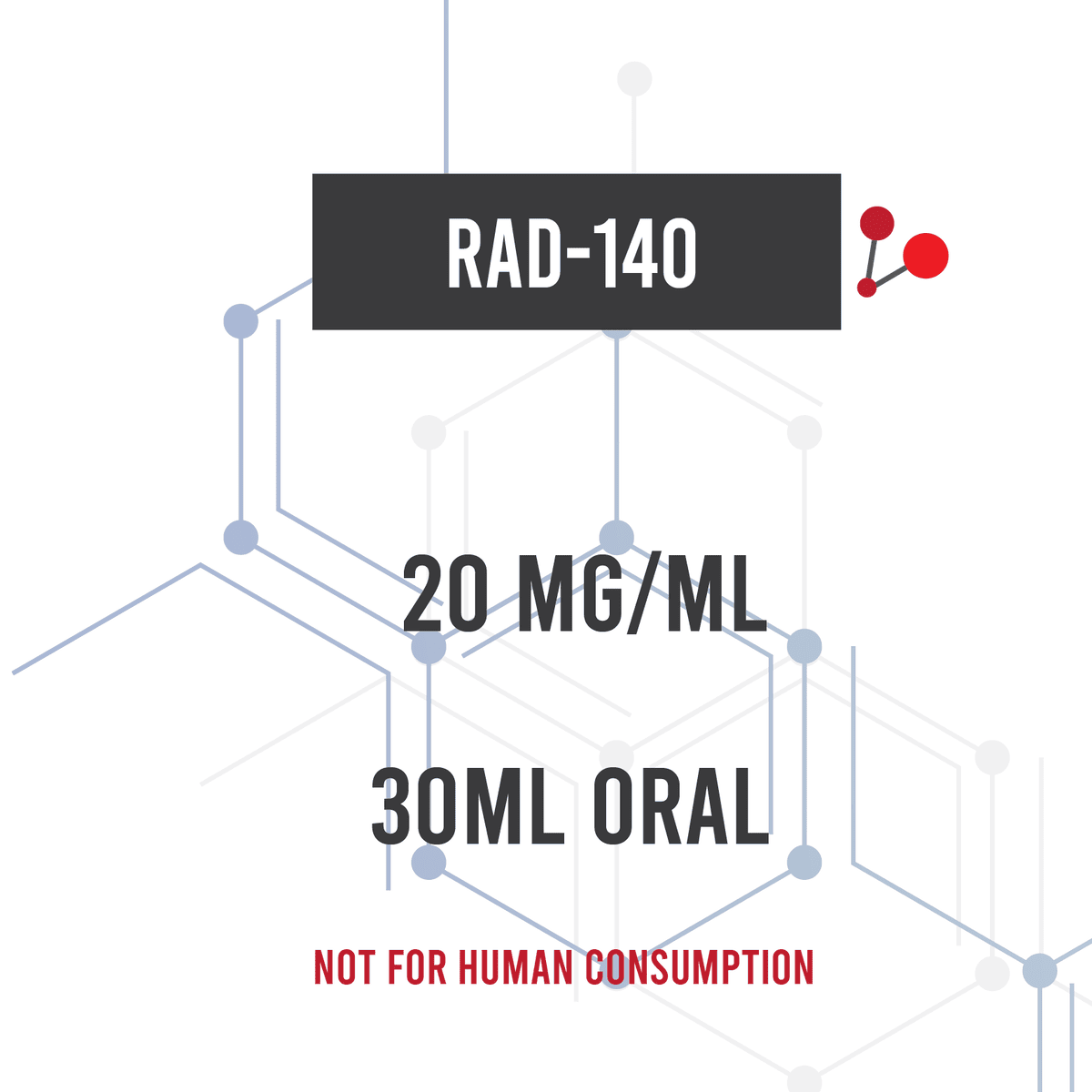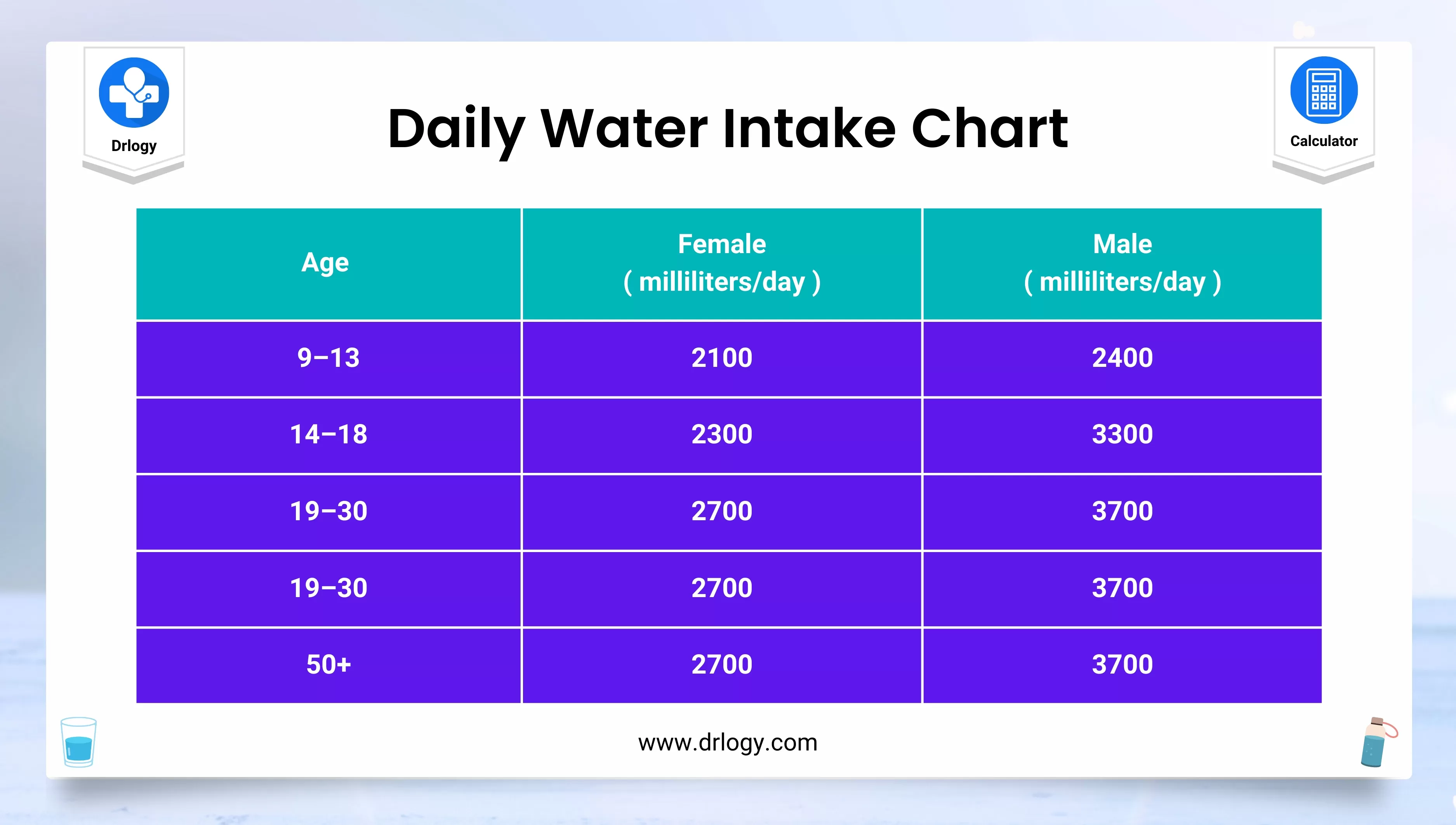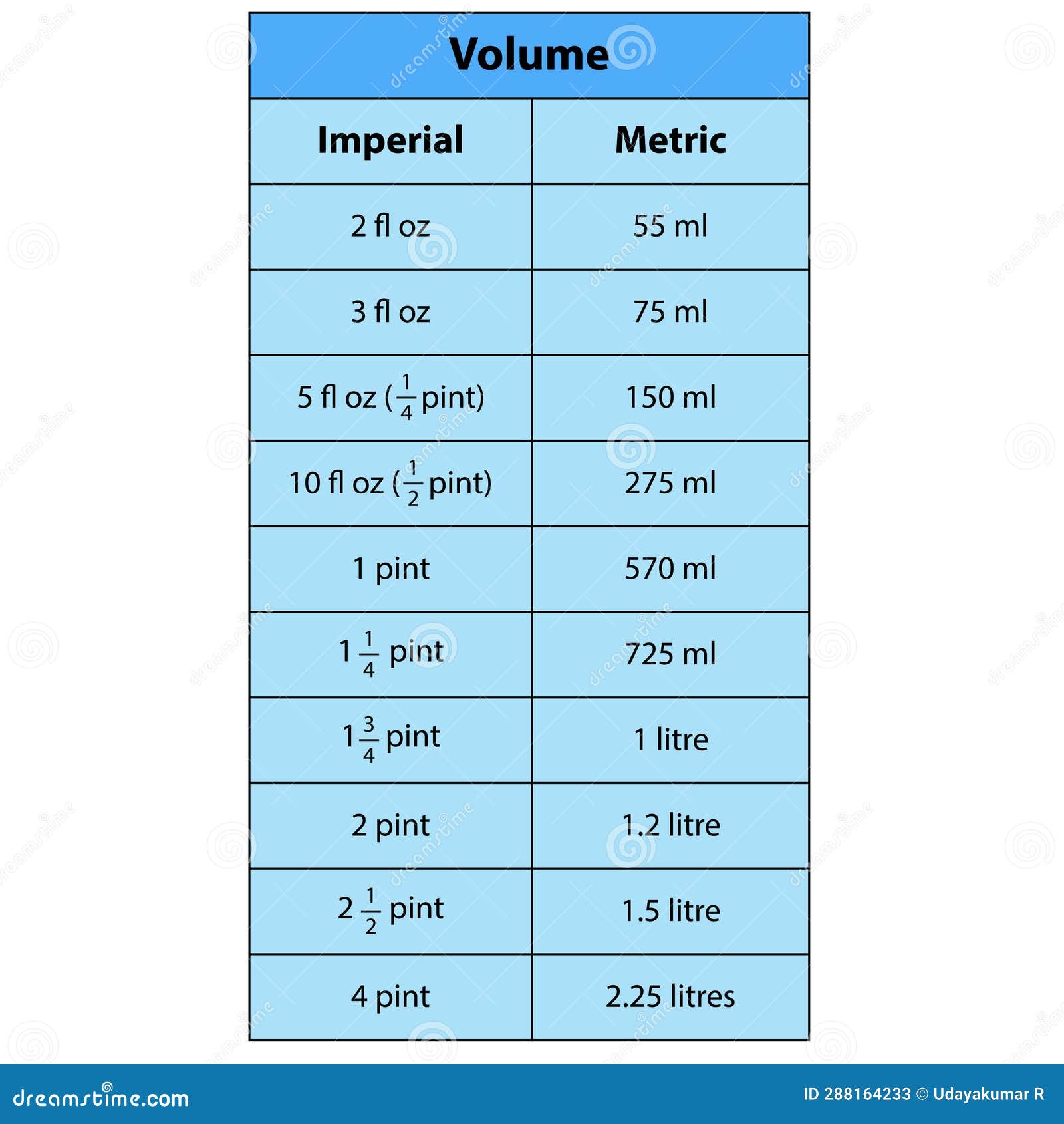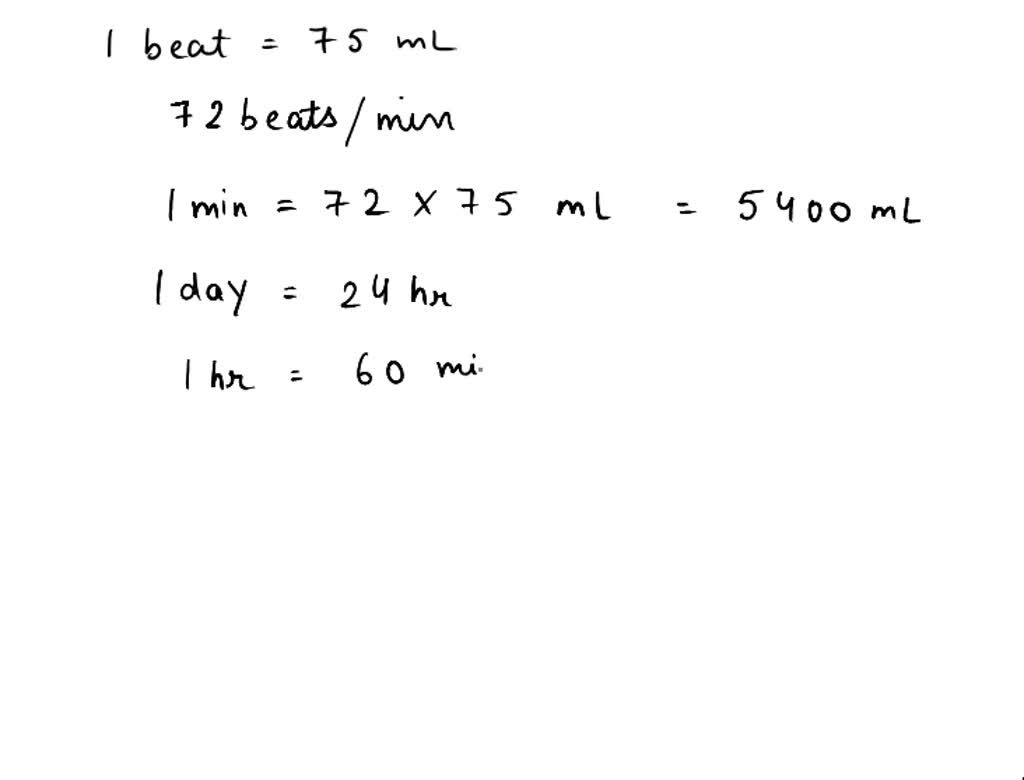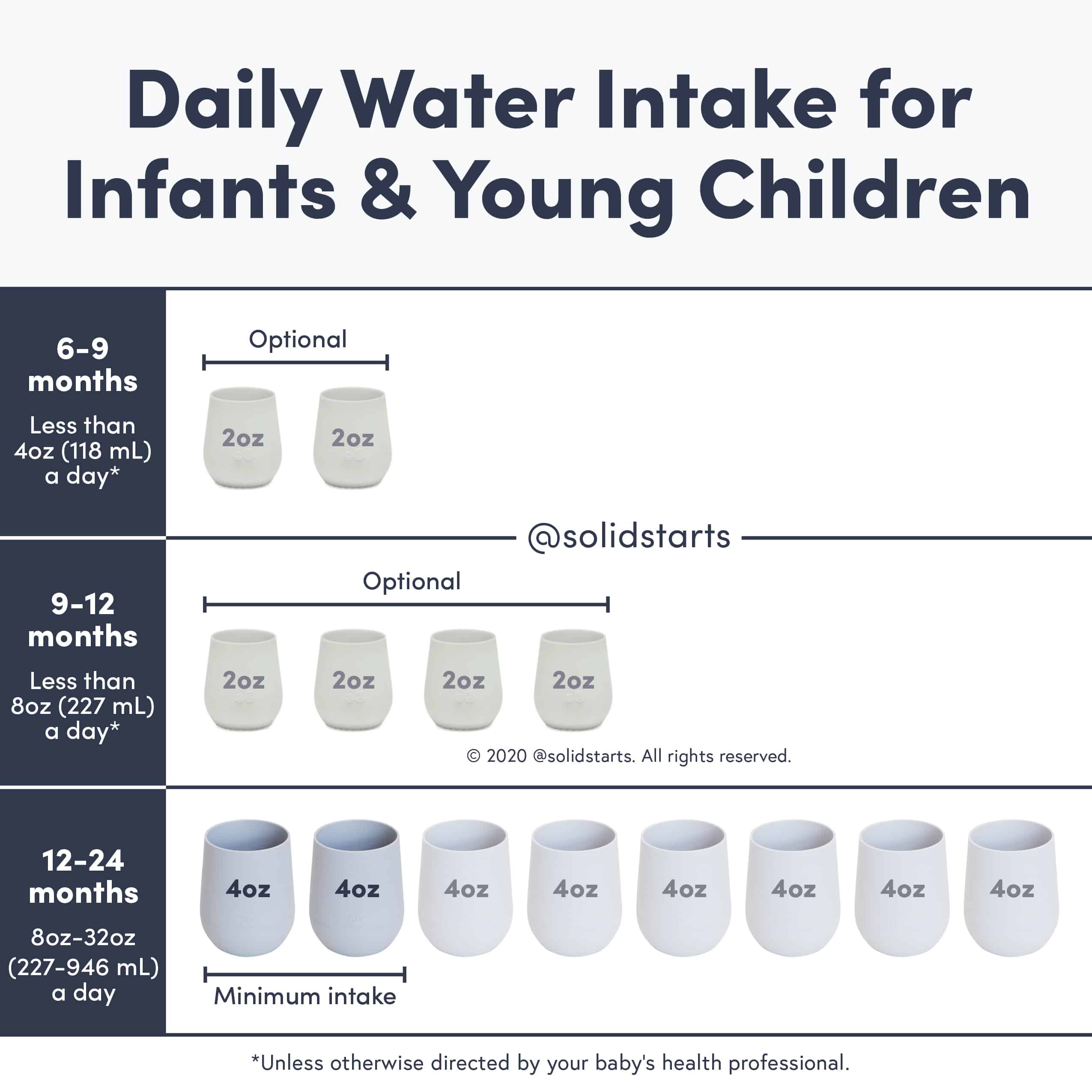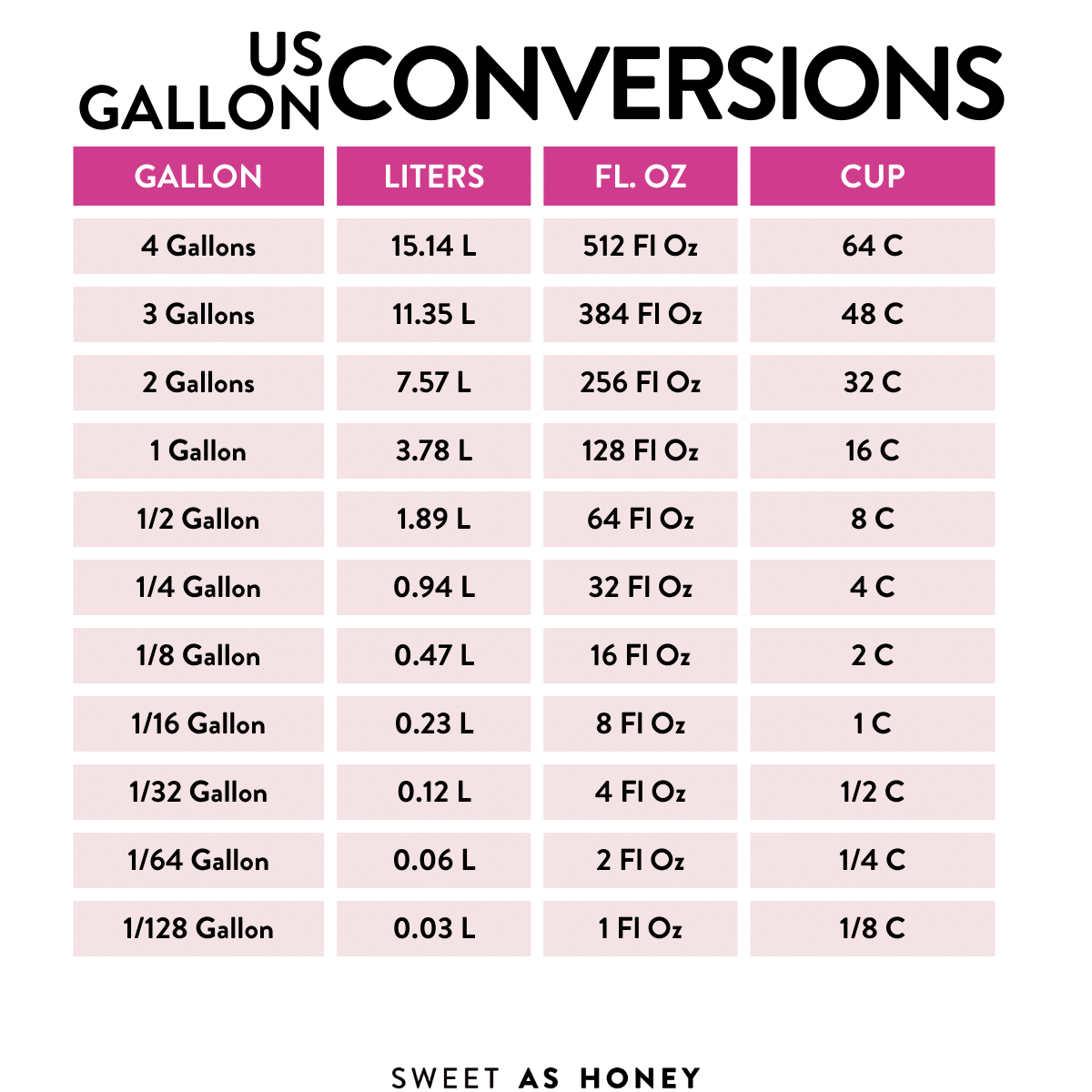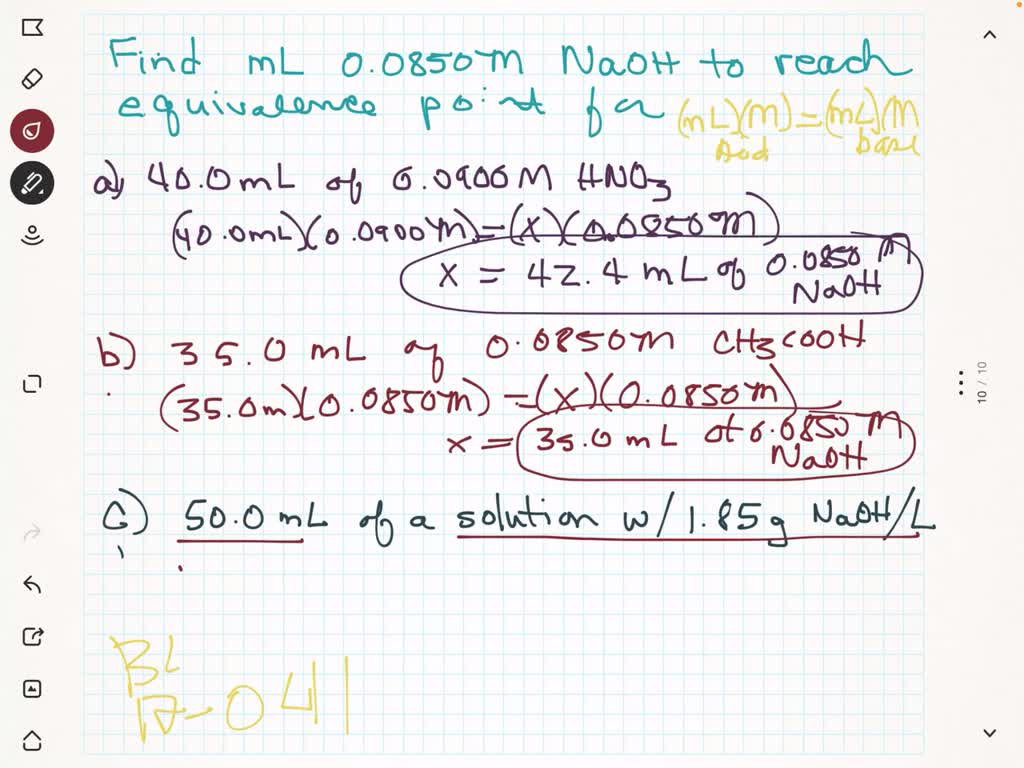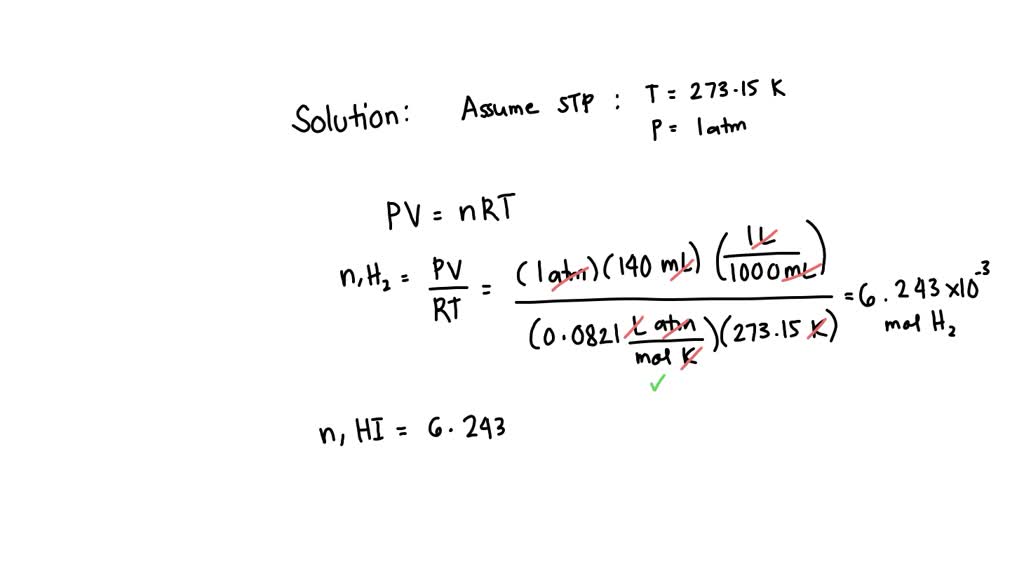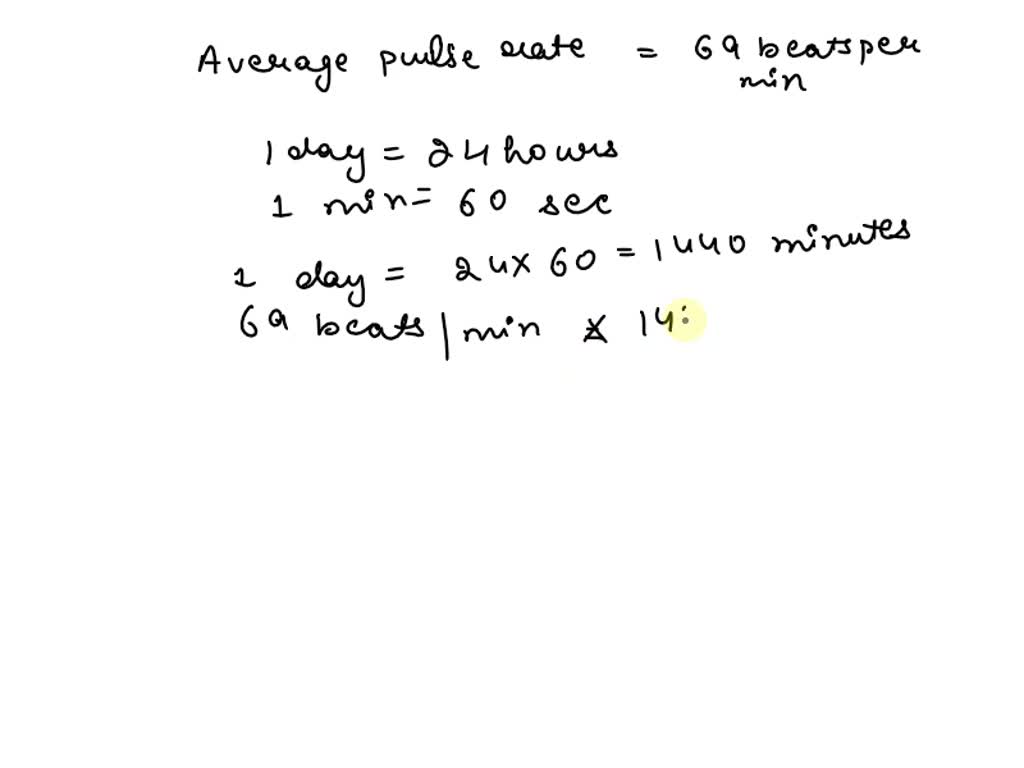How Many Ml Of Rad 140 Per Day

The question of appropriate dosage for performance-enhancing substances like RAD 140, a selective androgen receptor modulator (SARM), is a subject of ongoing debate and concern within bodybuilding, fitness communities, and, increasingly, the medical and regulatory spheres. While RAD 140 is not approved for human use by regulatory bodies like the Food and Drug Administration (FDA), it is often researched and discussed online, leading to a proliferation of anecdotal advice and potentially dangerous practices regarding its use.
This article aims to provide a neutral, fact-based overview of the information available concerning RAD 140 dosage, drawing on available research (primarily animal studies), expert opinions, and publicly accessible information. It will also highlight the significant risks associated with the use of unregulated substances, emphasizing the importance of consulting with qualified healthcare professionals before considering any such substance. The goal is to present a balanced perspective, empowering readers to make informed decisions based on the available evidence, while understanding the inherent dangers.
Understanding RAD 140 and Its Purported Effects
RAD 140, also known as Testolone, is a SARM. SARMs are a class of therapeutic compounds that have similar anabolic properties to anabolic steroids, but with reduced androgenic properties. This means that they selectively bind to androgen receptors in muscle and bone tissue, theoretically leading to muscle growth and bone density improvements while minimizing side effects like hair loss or prostate enlargement associated with traditional steroids.
It's crucial to remember that RAD 140, like other SARMs, is primarily a research chemical. Its long-term effects on humans are largely unknown. Most of the available information stems from animal studies and anecdotal reports.
Dosage: A Minefield of Misinformation
Because RAD 140 is not approved for human use, there are no official dosage guidelines established by medical authorities. The "dosage" information readily available online originates from forums, bodybuilding websites, and online vendors who are often motivated by profit. This information is almost always unreliable and should be regarded with extreme caution.
Typically, dosages discussed within these online communities range from 5mg to 30mg per day. Many advocate for starting at a low dose and gradually increasing it to assess tolerance.
However, even low doses may pose serious health risks. Without proper medical supervision and monitoring, users are essentially experimenting on themselves.
Scientific Studies and Animal Research
Published scientific studies on RAD 140 are limited, and most have been conducted on animals. These studies provide some insights into the potential effects of the compound. However, extrapolation of animal data to humans is inherently problematic.
Animal studies often use significantly higher doses than those discussed online. This is because the metabolism and physiology of animals differ greatly from humans. Therefore, direct comparison is inappropriate and potentially dangerous.
The Risks Outweigh Any Perceived Benefits
The use of RAD 140 carries substantial risks. These risks include, but are not limited to, potential liver damage, cardiovascular problems, suppression of natural testosterone production, and unknown long-term effects. Because RAD 140 products are unregulated, they may contain impurities or incorrect dosages, further compounding the risks.
The long-term impact on hormonal balance is also a major concern. Suppression of natural testosterone can lead to a range of side effects, including decreased libido, fatigue, and mood changes. The severity and duration of these side effects can vary significantly between individuals.
Regulatory Status and Legal Considerations
RAD 140 is not approved for human use by the FDA or any other major regulatory agency. It is often sold as a research chemical or dietary supplement. Its sale and use may be restricted or prohibited in certain jurisdictions.
The World Anti-Doping Agency (WADA) has banned SARMs, including RAD 140, for athletes. Any athlete found to be using RAD 140 faces severe penalties, including disqualification and suspension from competition.
The Importance of Consulting Healthcare Professionals
The information presented here is for informational purposes only and does not constitute medical advice. Individuals considering the use of any performance-enhancing substance should consult with a qualified healthcare professional. A doctor can assess individual risks and benefits, and provide evidence-based recommendations.
Healthcare professionals can also help to identify and manage potential side effects. They can monitor liver function, cardiovascular health, and hormonal balance, ensuring that any health problems are detected and treated promptly.
It is crucial to remember that self-experimentation with unregulated substances like RAD 140 can have serious and potentially irreversible consequences. Prioritizing health and safety should always be the primary concern.
The allure of quick muscle gains can be powerful, but it is important to weigh the potential benefits against the known and unknown risks. Making informed decisions, based on sound medical advice and scientific evidence, is essential for safeguarding one's health.
Choosing a healthy lifestyle, including a balanced diet and regular exercise, remains the safest and most sustainable way to achieve fitness goals. Avoid unproven substances and prioritize your well-being.
